Famous automotive manufacturers bet on space, electric air taxis and hydrogen power.


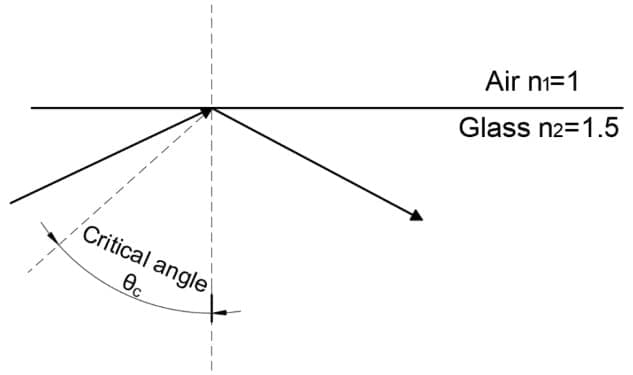
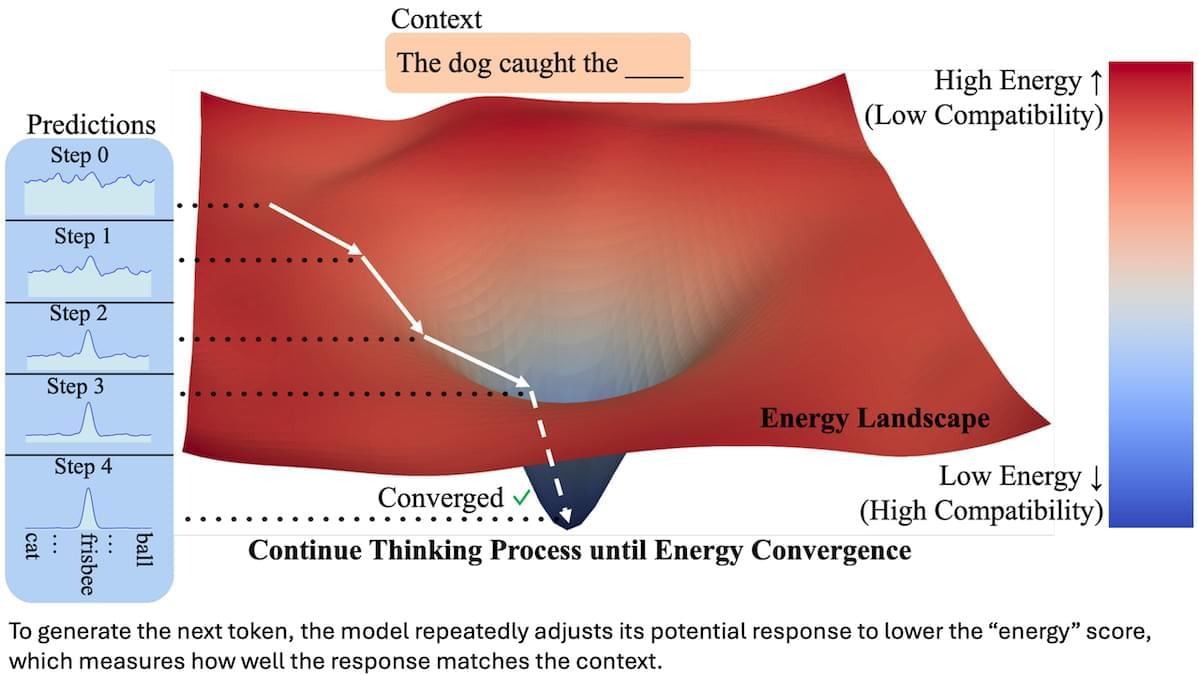
A new type of transformer can check its work. Instead of guessing the next output token in one shot like a typical transformer, it starts with a rough version of the token and improves it step by step.
What’s new: Alexi Gladstone and colleagues at University of Virginia, University of Illinois Urbana-Champaign, Amazon, Stanford, and Harvard proposed the Energy-Based Transformer (EBT). Early experiments show that it scales more efficiently than transformers at relatively small sizes.
Energy-based model basics: For a given input context paired with a candidate response (for example, a prompt and potential next token), an energy-based model produces a number called “energy” that represents how likely the potential next token would follow the prompt. During training, the model learns to assign low energy if a context/potential-response pair is very likely and high energy if it’s not.
Using the effect it could even be possible to generate photons from the quantum vacuum.
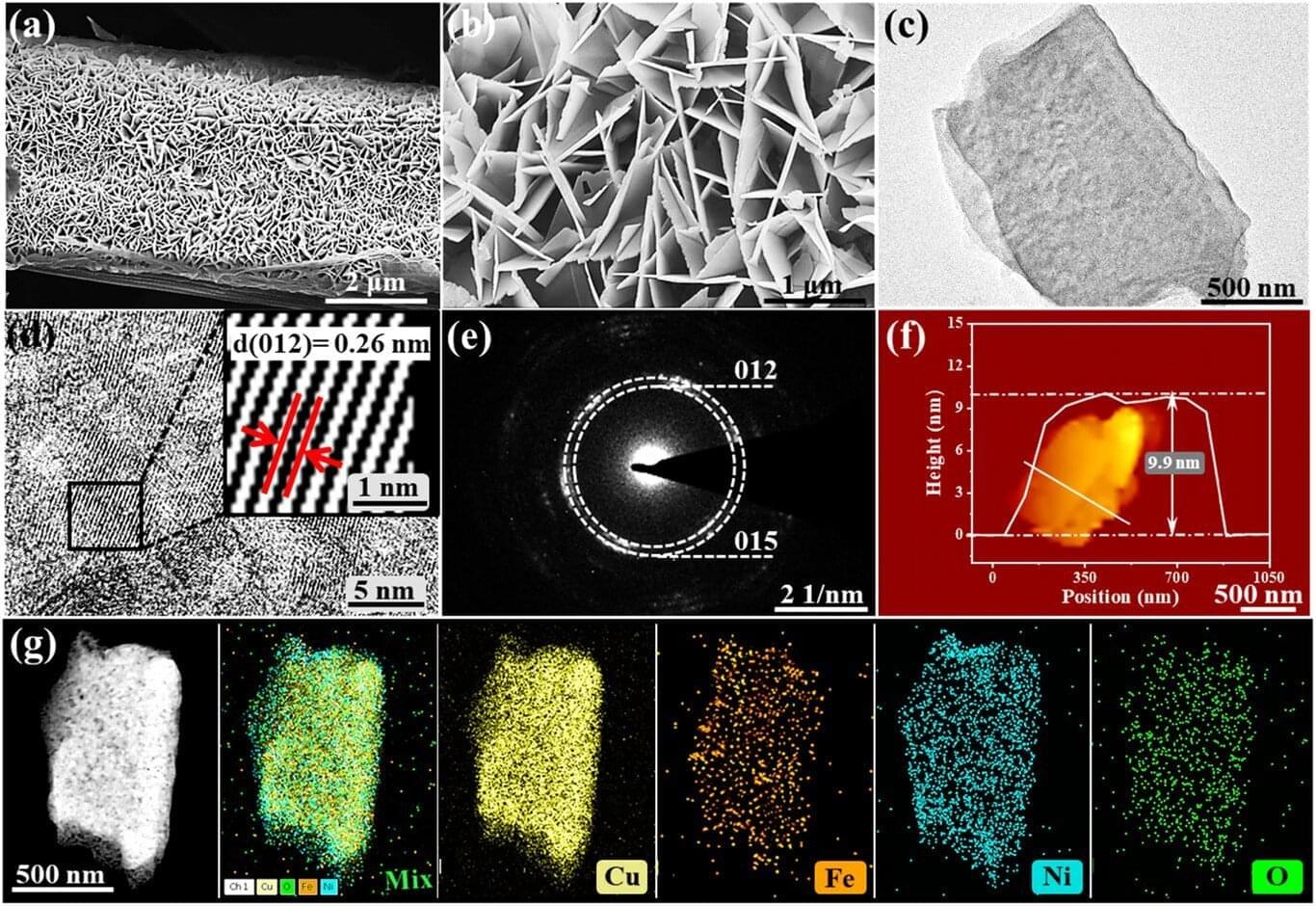
When the current method for producing something is estimated to consume a staggering 1–2% of the annual global energy supply, it means we need to make a change. The Haber-Bosch process produces ample amounts of ammonia (NH3)—a valuable chemical compound that has a wide array of uses in fields such as agriculture, technology, and pharmaceuticals—while consuming a lot of energy.
A research team at Tohoku University has made a significant contribution to an alternate method for converting harmful nitrate pollutants in water into ammonia, addressing both environmental and energy challenges.
Their findings are published in Advanced Functional Materials.
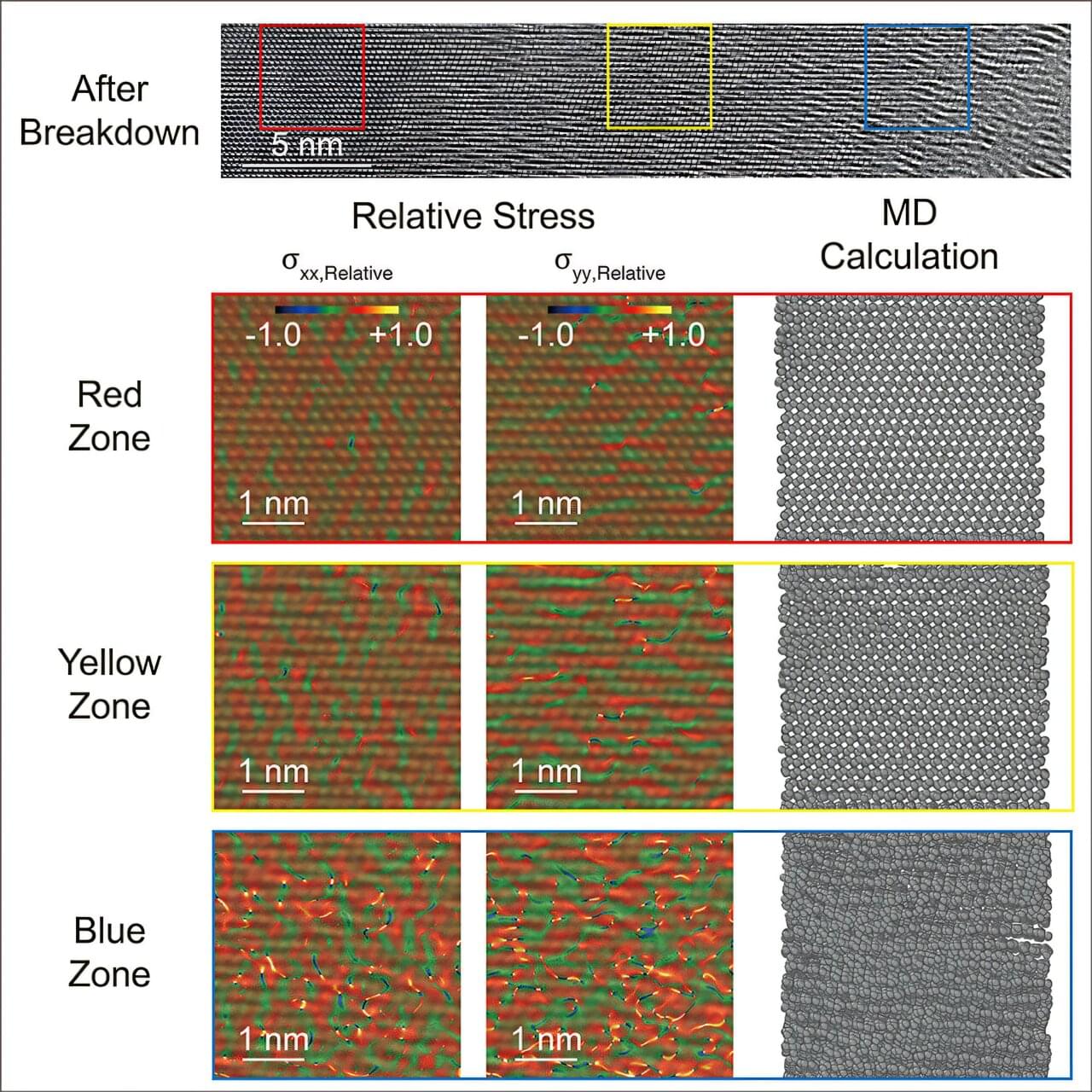
A research team from the University of Chinese Academy of Sciences has revealed the failure mechanism of diamond under extreme electrical fields through in situ experiments and molecular dynamics simulations. The study, published in Cell Reports Physical Science, provides critical insights for the design of robust diamond devices.
Diamond is known for its exceptional physical properties, including ultra-high breakdown field strength and thermal conductivity, making it a promising material for high-frequency and high-power electronics. However, its failure process under extreme electrical fields has remained poorly understood before now.
Led by Profs. Yan Qingbo and Chen Guangchao, the researchers used an in situ transmission electron microscopy (TEM) method to observe the breakdown process in real time. They found that diamond failure begins preferentially along the (111) crystal plane due to stress-induced lattice distortion and subsequent amorphization, rather than transforming into graphite.


A new study co-authored by Texas A&M University geologist Dr. Michael Tice has revealed potential chemical signatures of ancient Martian microbial life in rocks examined by NASA’s Perseverance rover.
The findings, published by a large international team of scientists, focus on a region of Jezero Crater known as the Bright Angel formation—a name chosen from locations in Grand Canyon National Park because of the light-colored Martian rocks. This area in Mars’s Neretva Vallis channel contains fine-grained mudstones rich in oxidized iron (rust), phosphorus, sulfur and—most notably—organic carbon. Although organic carbon, potentially from non-living sources like meteorites, has been found on Mars before, this combination of materials could have been a rich source of energy for early microorganisms.
“When the rover entered Bright Angel and started measuring the compositions of the local rocks, the team was immediately struck by how different they were from what we had seen before,” said Tice, a geobiologist and astrobiologist in the Department of Geology and Geophysics.
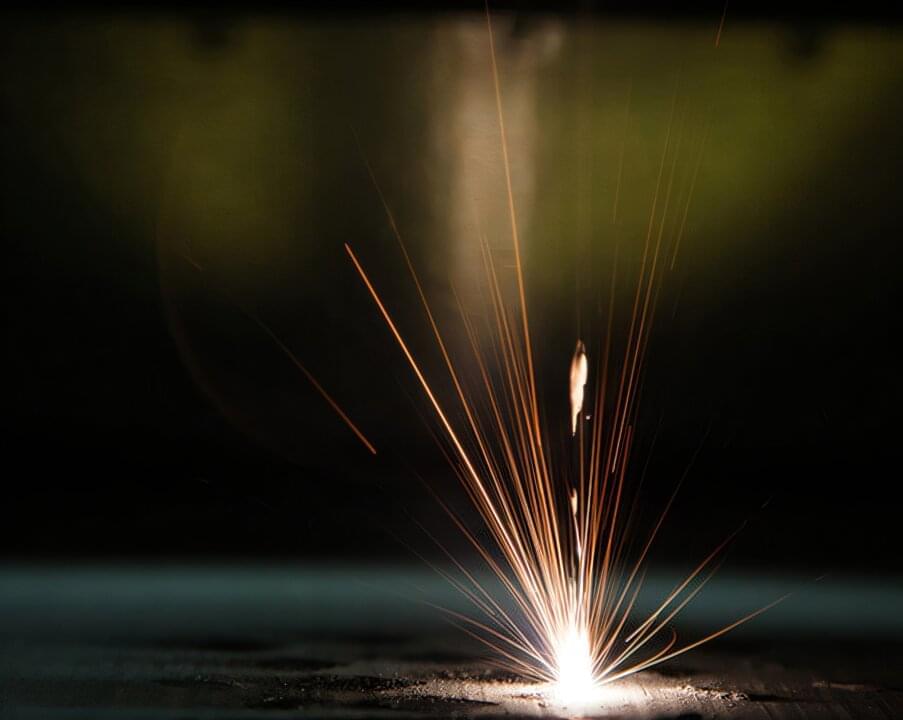
With the ability to print metal structures with complex shapes and unique mechanical properties, metal additive manufacturing (AM) could be revolutionary. However, without a better understanding of how metal AM structures behave as they are 3D printed, the technology remains too unreliable for widespread adoption in manufacturing and part quality remains a challenge.
Researchers in Lawrence Livermore National Laboratory (LLNL)’s nondestructive evaluation (NDE) group are tackling this challenge by developing first-of-their-kind approaches to look at how materials and structures evolve inside a metal AM structure during printing. These NDE techniques can become enabling technologies for metal AM, giving manufacturers the data they need to develop better simulations, processing parameters and predictive controls to ensure part quality and consistency.
“If you want people to use metal AM components out in the world, you need NDE,” said David Stobbe, group leader for NDE ultrasonics and sensors in the Materials Engineering Division (MED). “If we can prove that AM-produced parts behave as designed, it will allow them to proliferate, be used in safety-critical components in aerospace, energy and other sectors and hopefully open a new paradigm in manufacturing.”
